Saltee Islands 2019

Northern Gannet Morus bassanus
Nikon D850, 300mm f/4 lens, 1/1200 sec @ f/8, ISO 1600, tripod.
While 2018 was apparently the hottest summer on record pipping the heatwave of 1976, this summer has also brought significantly high temperatures. Intense sunlight with clear blue skies is never ideal when running any workshop. We can’t control the weather but can only do our best to work with the conditions we are faced with at the time.
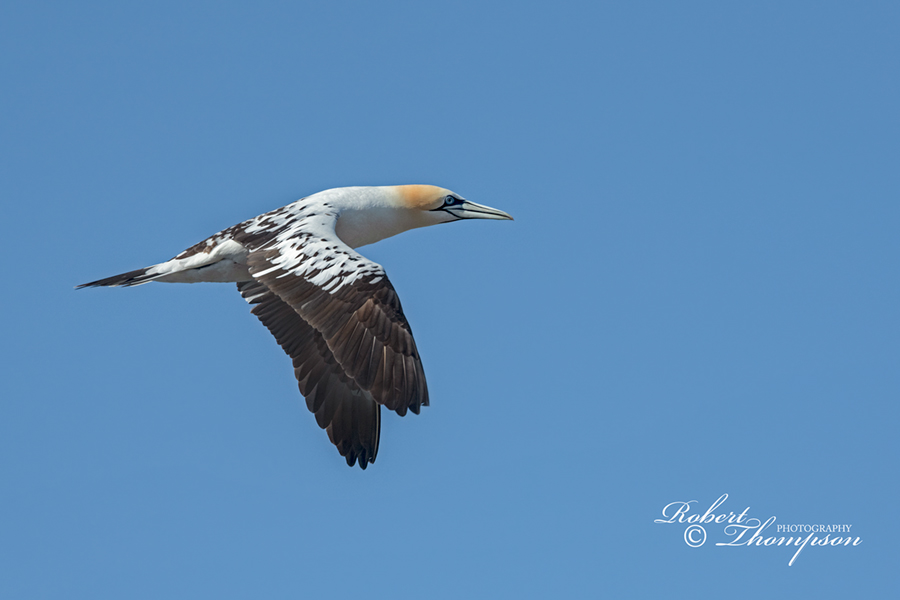
Northern Gannet Morus bassanus juvenile
Nikon D850, 300mm f/4 lens, 1/1000 sec @ f/8, ISO 1200, tripod.
I have been running workshops in the Saltees for many years now and although I feel at times that I might have exhausted its potential there are always new possibilities. It also is quite satisfying for me when I witness the excitement of those photographers who experience it for the first time. Our weather this trip was mixed, which allowed us to capture birds in various lighting conditions. However, there were session’s where the sun made it challenging to keep the highlights under control. We also managed to complete all of our sessions, which is not always the case; transferring for a boat into a rib in a sizable swell can be challenging to say the least. Thankfully conditions this trip were good with not too much wind.
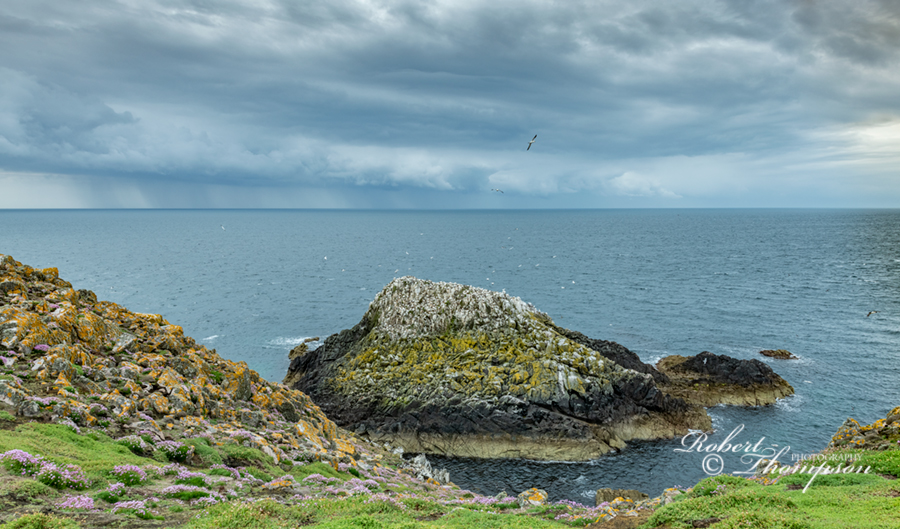
Great Saltee Island looking towards Makestone Islet.
Nikon D850, 14-24mm lens, 1/15 sec @ f/11, ISO 400, tripod.
Our visit to the island this year was a bit later than normal as I had an extra workshop in early June. I also was heading off to the Pyrenees (more about it in due course) a few days after the Saltees, so things were a bit hectic this year.
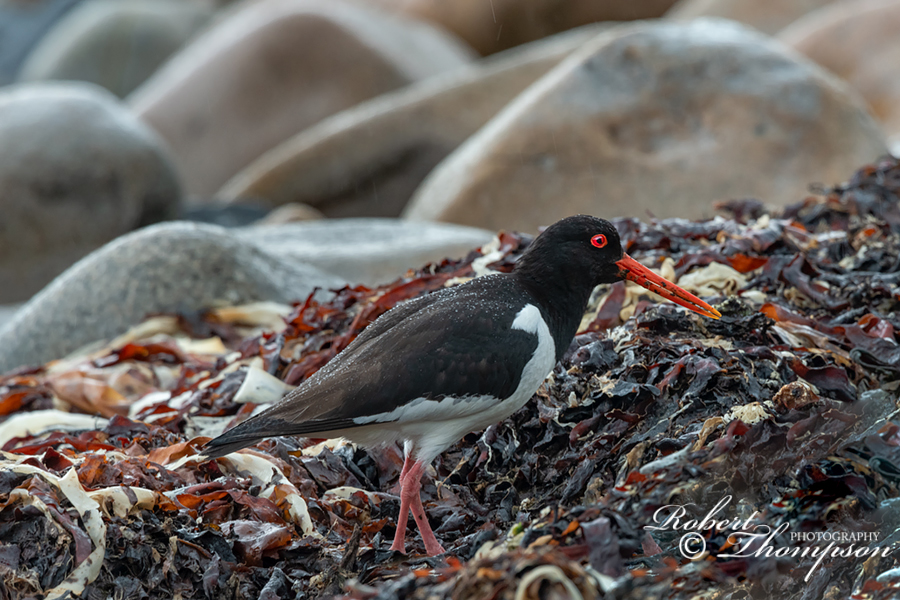
Oystercatcher Haematopus ostralegus
Nikon D850, 300mm f/4 lens, + 1.4x converter, 1/500 sec @ f/8, ISO 800, tripod.
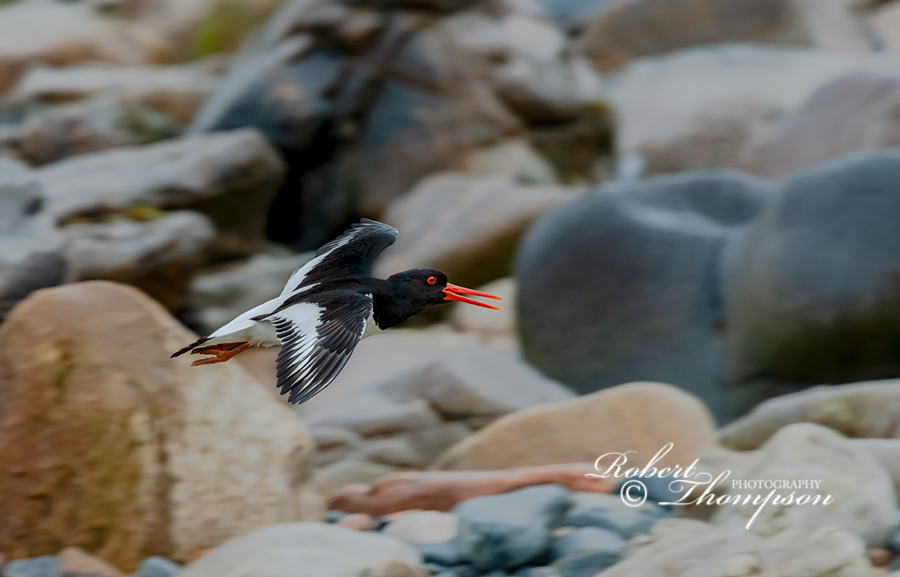
Oystercatcher Haematopus ostralegus
Nikon D850, 300mm f/4 lens, 1/1200 sec @ f/8, ISO 1600, handheld.
Despite being a bit later on the island, breeding was not that well advanced at the main gannet colony. Many of the gannets were still nest building and there were few mature chicks about. Puffins were very plentiful this year which is not always the case; even in the quieter parts of the island, where few photographers venture, there were resonable numbers on the grassy slopes.
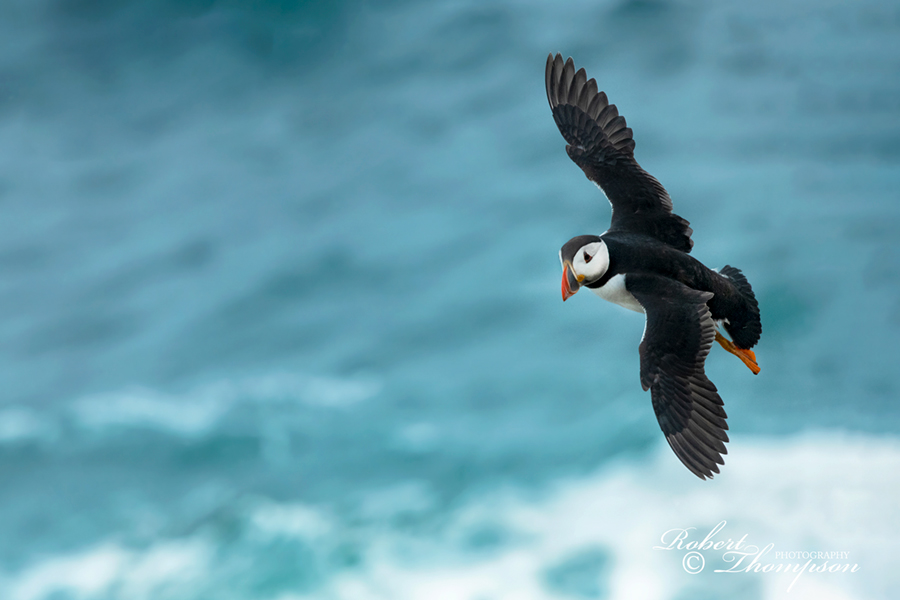
Atlantic Puffin Fratercula arctica
Nikon D850, 300mm f/4 lens, 1/2000 sec @ f/8, ISO 1600, handheld.

Atlantic Puffin Fratercula arctica
Nikon D850, 300mm f/4 lens, 1/1000 sec @ f/8, ISO 1600, handheld.
On one of the calmer mornings, we were able to do a tour of Great Saltee from the boat which provided photographers with opportunities to capture images which are not possible from the land. This can be very much hit or miss each year as you need very calm conditions to get the boat in close to the cliffs and rocky shoreline. The Saltees are not called the ‘Graveyard of a Thousand Ships’ for nothing. Many have, throughout the centuries, met their fate on the underlying rocks around these islands.
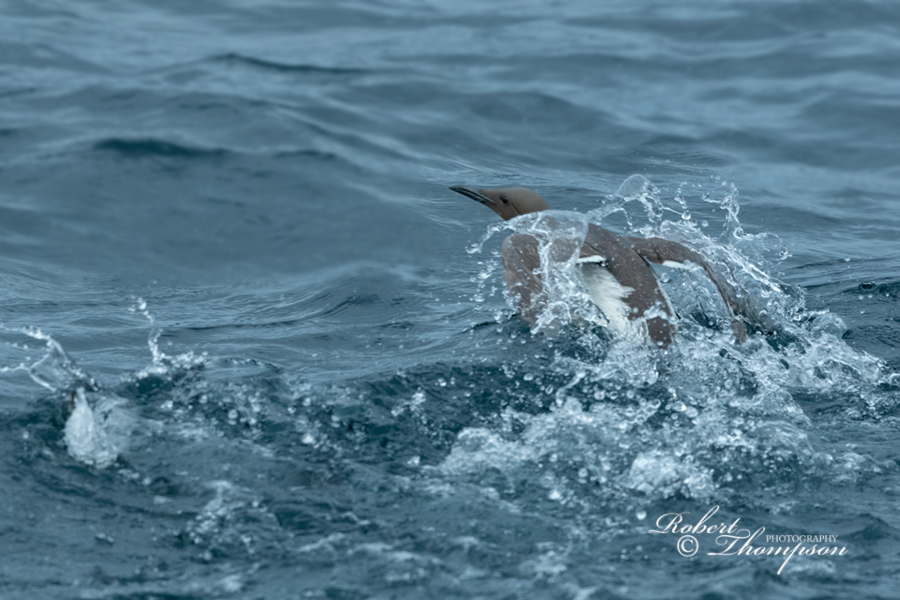
Guillemot Uria aalge
Nikon D850, 300mm f/4 lens, 1/2000 sec @ f/8, ISO 2000, handheld.
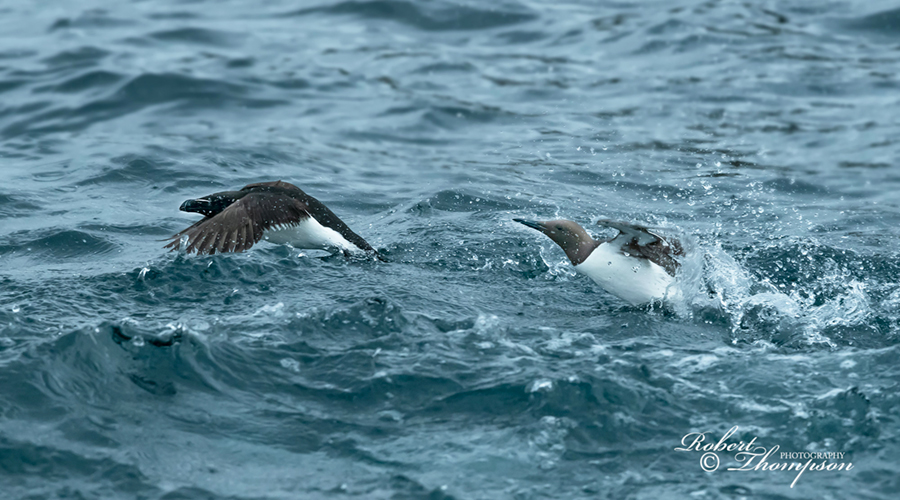
Razorbill Alca torda & Guillemot Uria aalge
Nikon D850, 300mm f/4 lens, 1/2000 sec @ f/8, ISO 2000, handheld.

Northern Fulmar Fulmarus glacialis
Nikon D850, 300mm f/4 lens, 1/1000 sec @ f/8, ISO 2000, handheld.
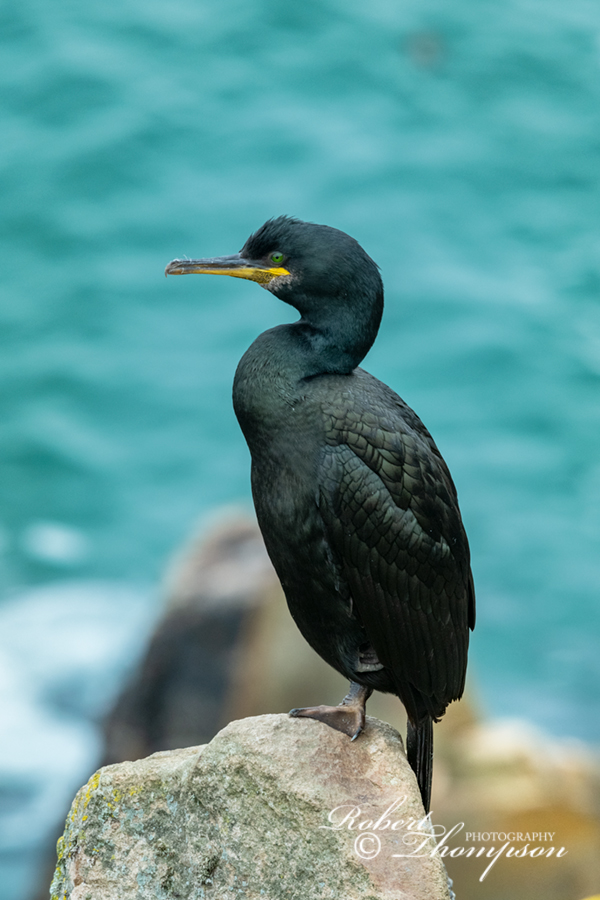
European Shag Phalacrocorax aristotelis
Nikon D850, 300mm f/4 lens, 1/250 sec @ f/8, ISO 400, tripod.
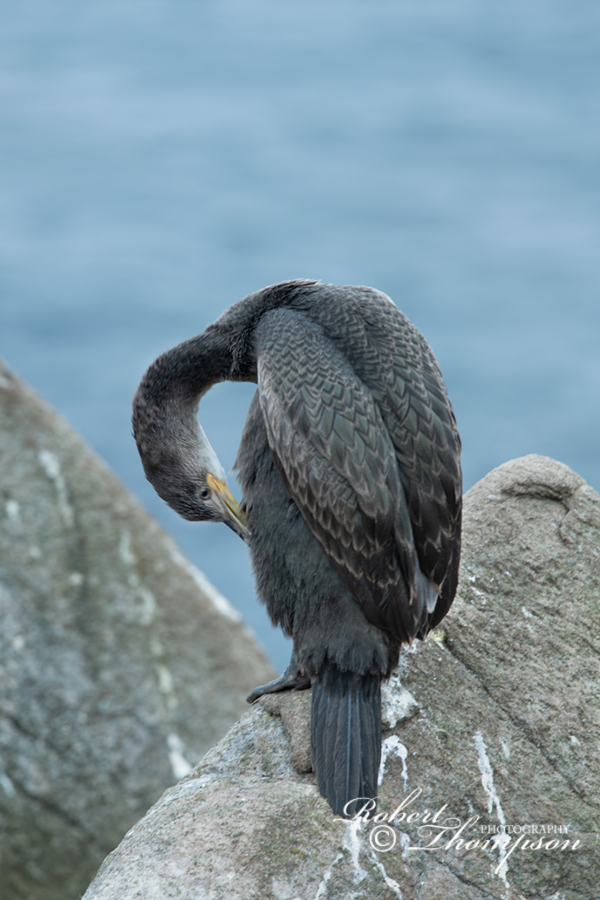
European Shag Phalacrocorax aristotelis juvenile
Nikon D850, 300mm f/4 lens, 1/250 sec @ f/8, ISO 400, handheld.
This trip I travelled light for a change. I normally carry a Nikon 300mm 2.8; a weighty beast, however, the latest 300mm f/4 with the matching 1.4X converter produced outstanding results. This is the world’s lightest 300mm full-frame fixed focal length lens. For travel, this is a great combination compromising on weight but not on quality.

Kittiwake Rissa tridactyla
Nikon D850, 300mm f/4 lens, + 1.4x converter, 1/250 sec @ f/8, ISO 400, tripod.

